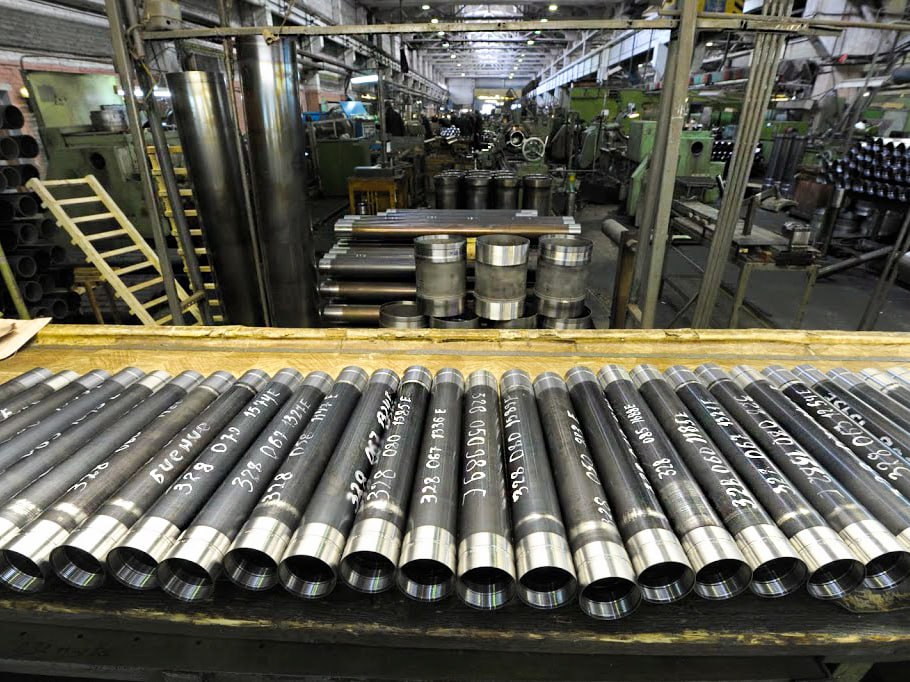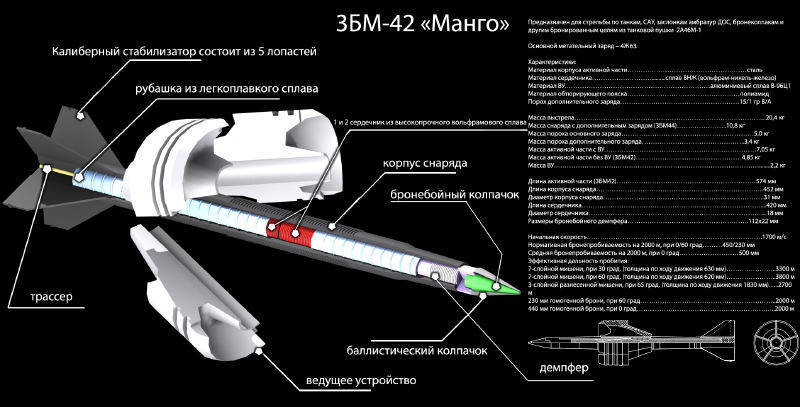Russia Organized Production of Tank Armor-Piercing Tank Rounds in India
Russia has organized the production of 3VBM17 Mango APFSDS rounds in India. This was reported by the Russian Rostec corporation. This is the first stage in the complete localization of the production of these rounds in India.
It is expected that later on, a plant for the production of powder used in these shells will also be opened.
 The blanks that will be used to create the penetrator. Photo credits: Rostec
The blanks that will be used to create the penetrator. Photo credits: Rostec
Localization of the production of these rounds in India will provide the fleet of Soviet-era vehicles with 125-mm guns in the armed forces with new weapons for destroying armored vehicles. In addition, this will make it possible to replenish the stocks of these shells and mass-produce them in the interests of the Indian Ministry of Defense.
Today, the Indian Army has more than 3,500 T-72 and T-90 tanks in service, which are also the most mass-produced tanks in the structure. The development of the projectile began in the early 1980s, and in 1986 it was adopted by the Soviet army and exported.
 Schematic image of the Mango APFSDS round. Photo from open sources
Schematic image of the Mango APFSDS round. Photo from open sources
While the projectile was relevant at the time of its development, since the early 2000s it has lost its relevance in the fight against modernized Western tanks.
Nevertheless, the Russian industry still produces shells of this type, which is the most commonly used anti-tank weapon in the Russian army. Earlier, Militarnyi reported that 125-mm tank high-explosive ammunition made in India had been spotted in use by the Ukrainian military. Ukrainian tankers have received 125-mm tank ammunition manufactured by the Indian company Munitions India Limited.
They are a copy of the Soviet 3OF19 shells designed in the 1960s.